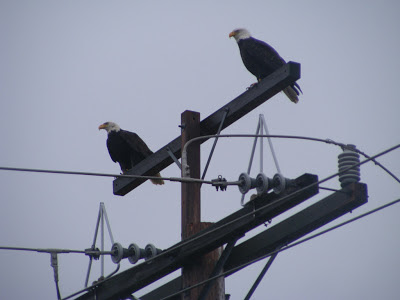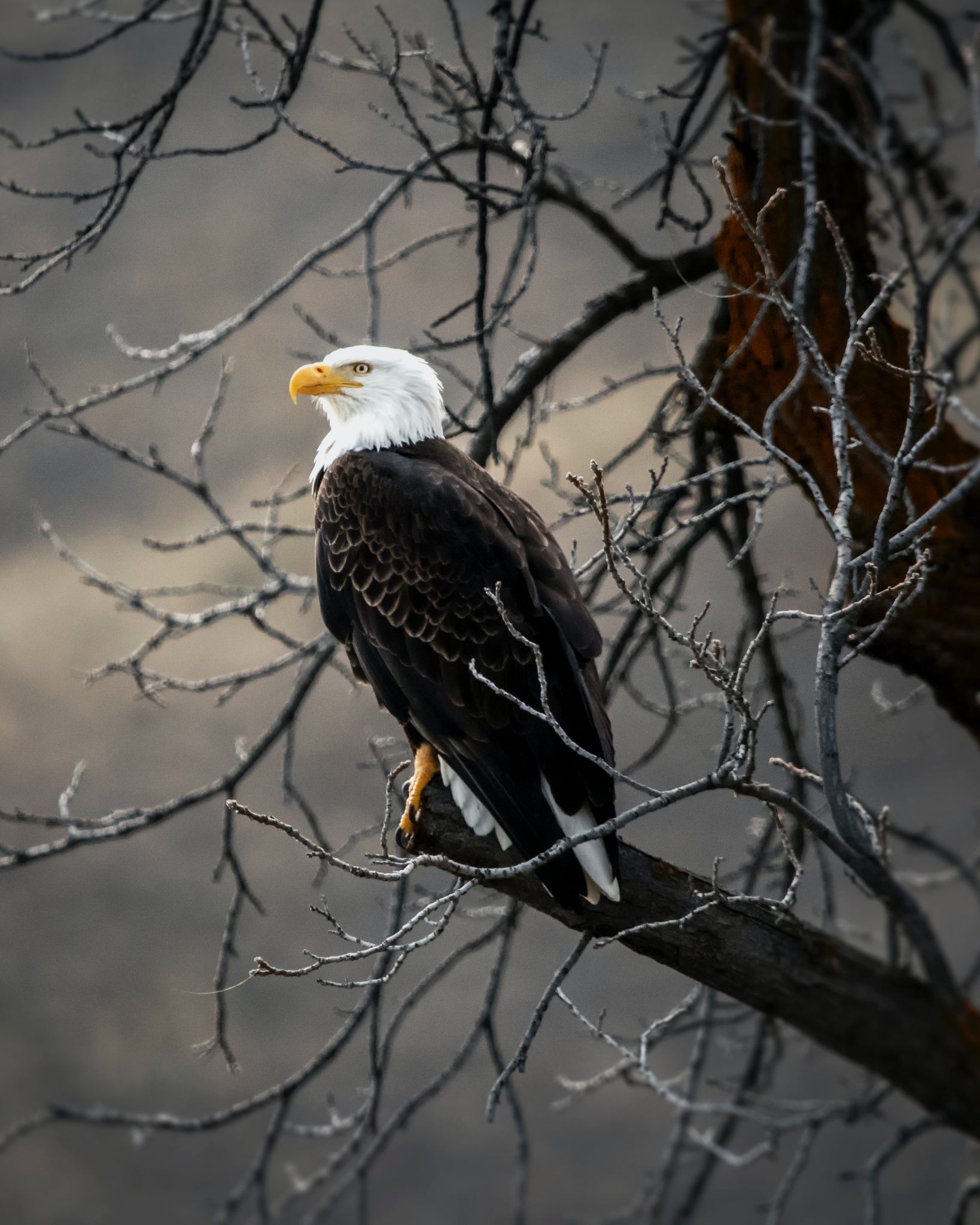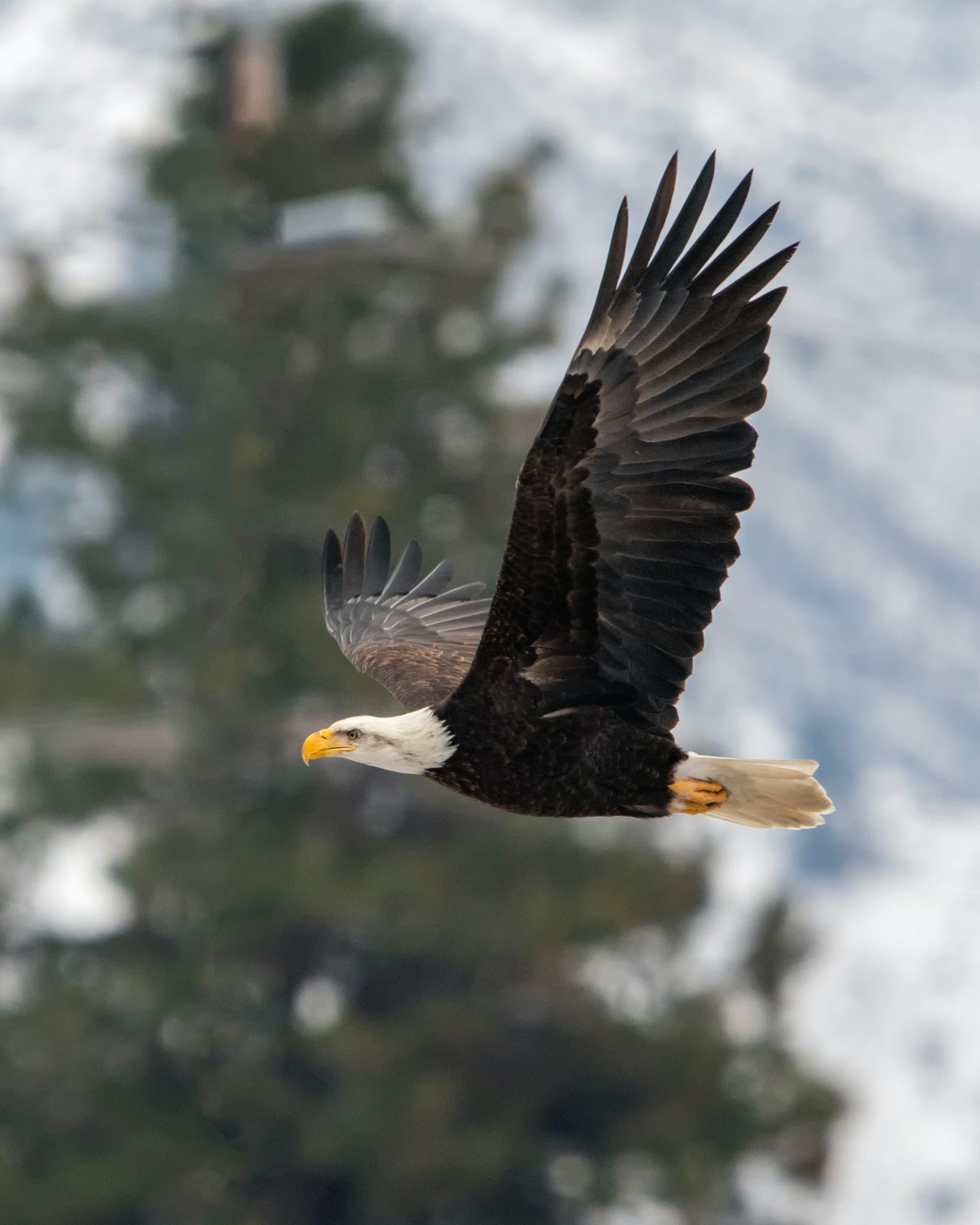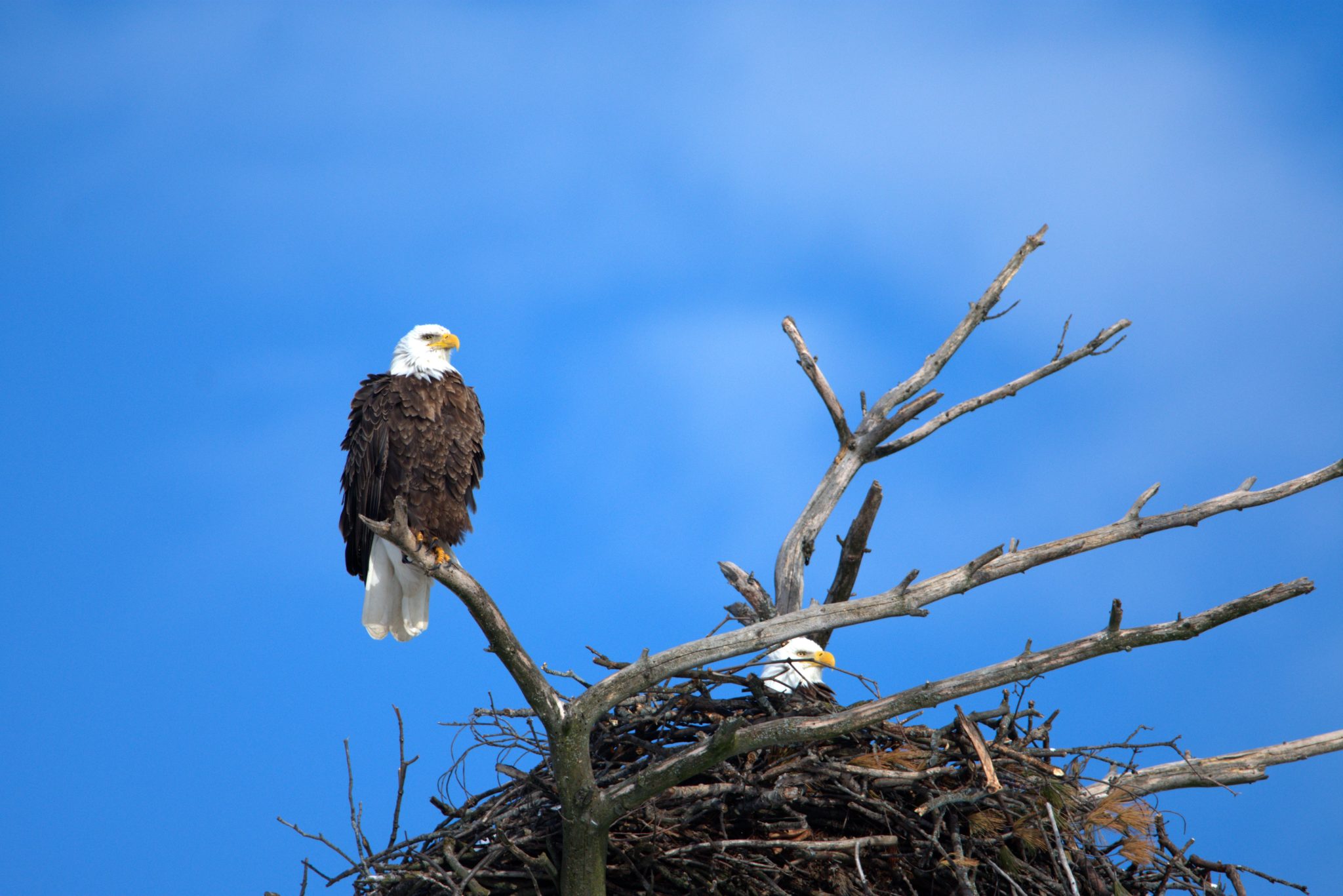As I wrote last month, I have been thinking a lot lately about family traditions. Growing up, my siblings and I spent car rides looking out the window for Volkswagen Beetles. I loved being the first to spot one because the game opened up a wormhole of permissible behavior and allowed me a single sharp punch to a competitor’s shoulder while yelling “slug bug!”
Casual violence aside, fewer Beetles are on the road these days and we needed a new car activity. The game we came up with is best played on long winter car rides when bare trees and gray skies provide optimal conditions. We call the game “BOP,” because when we see a bird of prey (a.k.a. a BOP), usually perched on the power lines that run along Interstate 70, we yell BOP! And that’s pretty much it.
The game’s simplicity belies its appeal — recently my five-year-old son spotted a red-tailed hawk on the hunt, and as he screamed BOP!!!! at full volume. We all watched the brown, gold and red mosaic of widely stretched wings swoop down from a tall tree. It was magical!

Leafless trees and exposed branches are not the only reason some raptors are easier to spot this time of year. Missouri benefits from its location in the center of one of the largest migratory pathways in North America, as dozens of species of birds migrate in and out of the state along the Missouri and Mississippi rivers from northern states and Canada towards the Gulf Coast.
This migration culminates in one of the best times of the year in the Show Me State: Eagle Days. According to the Missouri Department of Conservation (MDC), each fall thousands of eagles migrate south from their nesting range in Canada and the Great Lakes states to hunt in Missouri. This means that state parks, conservation areas, wildlife refuges, community parks, backyards and long stretches of highway are all potentially prime eagle-watching spots, especially if they are near a lake, marsh, river or wetland of some kind.

It can be difficult to distinguish between BOPs with the naked eye, but you always know when you have spotted the iconic Haliaeetus leucocephalus, commonly known as the bald eagle. The image of a bald eagle in popular culture is so ubiquitous that it’s easy to forget just how truly magnificent it is to see a mature one soaring through the sky, with its iconic white head and brown wingspan stretched up to eight feet wide.

Part of what makes them so unique is how close we came to losing them — back in the 1970s, bald eagles were nearly extinct in the lower 48 states. The Endangered Species Act of 1973 and its mandate for habitat protection for eagles have helped bald eagles make a full return. In fact, there are approximately 500 active nests in Missouri alone.
Introduce the joy of BOPs to your family by joining the Eagle Days celebration. MDC hosts guided events statewide from late December through February and provides tips for the best locations to view eagles on your own. This activity works for all ages, but it helps to dress warm, have patience and bring a pair of binoculars. If you can’t get outside, there are tons of virtual resources on the MDC website, including an Eagle Days Education Packet, or you can visit one of explore.org’s live camera feeds of bald eagles’ nests (you might even spot an eaglet or two!).

Finally, protecting bald eagles is ongoing work and even though they are considered a protected species, nearly half of bald eagles have lead poisoning. If you are a hunter or a fisherperson, consider switching to alternative ammunition and fishing tackle that does not lead to the indirect lead poisoning of bald eagles and other birds of prey.



